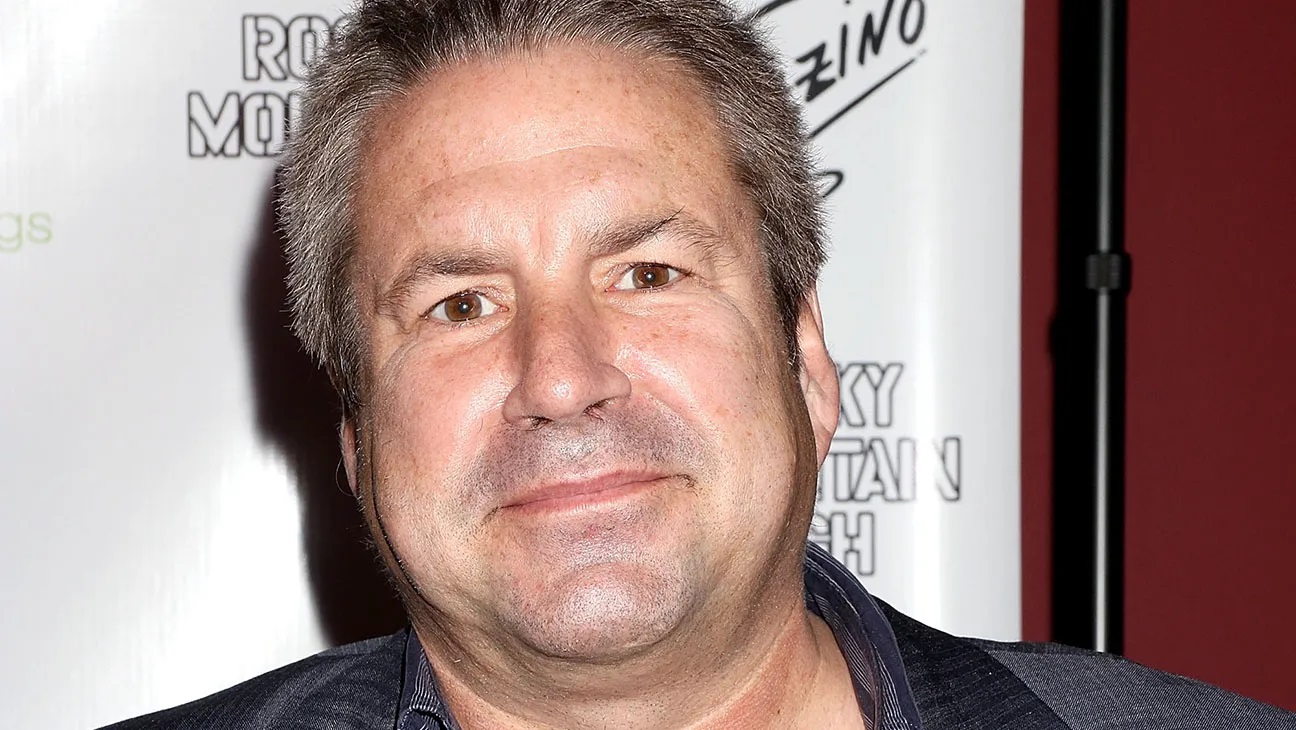Harsh Reality: Wout van Aert Confronts Himself Right in Front of Roubaix
Wout van Aert has long been one of the most formidable figures in modern cycling. Known for his versatility, he has earned victories in the Tour de France, World Championships, and across a range of one-day classics. Yet, as he prepared for the iconic Paris-Roubaix, the harsh reality of the sport confronted him in a way he hadn’t anticipated. In what can only be described as a moment of deep introspection, van Aert found himself face-to-face with his own limitations—right on the threshold of one of cycling’s most grueling challenges.
For many, Paris-Roubaix is the pinnacle of spring classics, a race that tests riders not just for their strength, speed, and tactics, but their mental fortitude. The cobbled roads are unforgiving, the weather unpredictable, and the competition brutal. Wout van Aert had built up a reputation as one of the favorites, with many expecting him to fight for victory. But, as the race progressed, the mental and physical toll began to weigh heavily on him.
The day started like any other: the determined focus of an athlete who knows what’s at stake. Van Aert, having honed his preparation for weeks, was primed for another shot at glory. However, the harsh reality of the race soon set in. The cobblestones, which can break even the most well-prepared riders, were relentless. Despite his pedigree and experience, the roads were unforgiving, and soon, doubts began creeping into van Aert’s mind.
At one point, the Belgian found himself isolated, struggling to stay with the leading group. A combination of mechanical issues, punctures, and a slowly worsening condition seemed to taunt him, reminding him that no matter how talented or prepared you are, the race can change in an instant. As he fought through the dust and the cobbled roads, the questions began: Was this his moment? Was he truly ready to face the pain? Or was the reality of Paris-Roubaix too much to conquer, even for a rider of his caliber?
It was on the famed cobblestones near the end of the race, as van Aert pushed his body to its limits, that the confrontation with himself occurred. The sight of the famous “Roubaix” sign, with its looming presence signaling the finish line, acted as a metaphorical mirror. In those fleeting moments, Wout van Aert had no choice but to confront the fact that, in the world of professional cycling, even the strongest riders can falter. The realization was both humbling and painful: success in Roubaix, like in many aspects of life, is not guaranteed. No amount of preparation or previous victories can ensure a win on that day.
The final kilometers were brutal for van Aert. Fatigue set in, and the thought of victory seemed to slip further away with each pedal stroke. It wasn’t just the physical exhaustion that drained him; it was the mental battle of accepting that, perhaps, it wasn’t his day. The cruel nature of Roubaix showed no mercy.
Despite his struggles, van Aert pressed on, finishing the race in a valiant yet less-than-ideal position. He didn’t achieve the victory many had expected, but the experience marked a turning point. The harsh reality of professional cycling had caught up with him, reminding him—and all of us—that even the greats have their moments of doubt and struggle.
In the end, it wasn’t just the cobbles or the race itself that Wout van Aert had to overcome. It was the harsh reality of confronting his own vulnerabilities. As the race ended, he knew that while Roubaix had defeated him that day, it also provided him with lessons that would make him stronger in the future. The full story of his confrontation with himself will unfold over time, but for now, it’s clear: even champions face moments of self-doubt.



